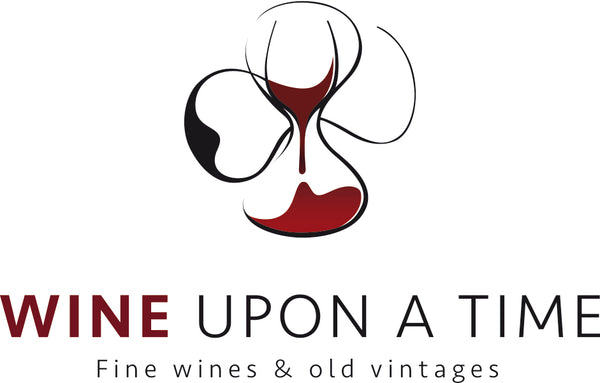Pairing wine and desserts is not always easy.
Between the sugar, the bitterness of the cocoa, the richness of the foie gras, and the freshness of the fruit, there are many pitfalls. Yet, when chosen well, wine enhances the dessert instead of overpowering it.
Here are some simple guidelines — tested and approved by pleasure lovers.
Foie gras: sweetness, elegance and balance
It's a classic on festive tables, often accompanied by a sweet wine.
But not all soft cakes are created equal: the goal is to find the balance between richness and freshness.
🍯 The chords that work perfectly
- Sauternes (Bordeaux): the traditional marriage of honey, candied fruit and enough acidity to cleanse the palate.
- Jurançon moelleux : more lively, with notes of exotic fruits and acacia honey.
- Loire wines : whether dry, semi-dry or slightly sweet, their natural freshness and aromas of white fruits pair wonderfully with foie gras.
- Jura wines : perfect for those seeking a drier, more refined pairing. Chardonnay, Savagnin, or Vin Jaune offer ideal tension and complexity.
👉 Tip: Serve foie gras either as a starter with a sweet white wine (Sauternes, Jurançon) or as a main course with a dry, full-bodied white wine — the wine will follow the timing of the meal.
Chocolate desserts: the art of pairing through contrast
Chocolate is a puzzle for wine:
Its aromatic power , bitterness and dense texture can overpower many wines.
It's better to play the contrast card.
🍫 The best choices
- Maury or Banyuls (Roussillon): naturally sweet reds, rich and velvety, perfect with a fondant or a soft dessert.
- Tawny Port : notes of nuts, cocoa and dried fruit, superb on an intense dessert.
- Sweet Loire wine (Coteaux du Layon, Montlouis liqueur): lighter, works with a milk chocolate dessert.
- Spicy and ripe red wine (such as Syrah or southern Grenache): dare to try it with a dark chocolate dessert with a high cocoa content.
👉 A common mistake: serving champagne or dry white wine with chocolate.
The sugar in the dessert will make the wine bitter and acidic .
Fruit desserts: freshness and vibrancy
Here, everything depends on the type of fruit and the dessert.
A citrus tartare has nothing to do with a red fruit tart or a cherry clafoutis .
But in all cases, you need a wine that is sweeter than the dessert , otherwise the wine will seem bland.
🍓 Some reliable choices
- Vouvray (Loire): its beautiful acidity and aromas of apple, pear and honey go perfectly with a yellow fruit tart or an apple crumble.
- Champagne : their finesse and bubbles balance light desserts, such as a red fruit salad or a sabayon.
- Jura wine (Savagnin or dry Chardonnay): superb contrast on a lemon meringue pie or a citrus-based dessert.
- Sweet wines from Valais (Switzerland) : elegant and floral, perfect with exotic fruit desserts or panna cotta.
Desserts made with cream, caramel or coffee
These desserts call for fuller, rounder wines, with sweetness but also depth.
☕ Winning combinations
- Tokaji (Hungary) : its golden richness, its aromas of honey and candied apricot go wonderfully with a crème brûlée or a vanilla dessert.
- Port wines (Portugal): their velvety texture and aromas of nuts and caramel make them an excellent choice with a coffee or milk chocolate dessert.
- Vin jaune (Jura): for the curious, a unique contrast on a praline cream.
Final piece of advice:
If you're unsure, choose a naturally sweet wine (Banyuls, Maury, Rivesaltes).
Their natural sugar, richness and long finish allow them to be adapted to almost any dessert.
And if you want to extend this sensory experience, explore the selections of sweet and dessert wines available on Wine Upon A Time — carefully chosen to reveal what the word indulgence truly means.





